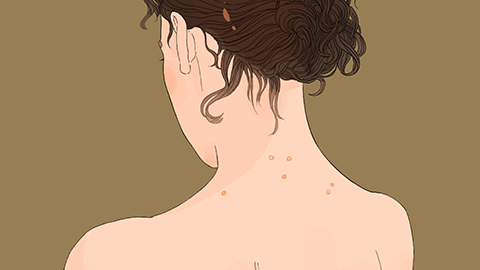What are the symptoms of HPV52 infection in women?
HPV52 usually refers to human papillomavirus type 52. After women are infected with human papillomavirus type 52, they may have no obvious symptoms in most cases. However, some patients may experience cervical-related abnormalities, mainly including abnormal vaginal discharge, contact bleeding, cervical intraepithelial lesions, vulvovaginal discomfort, and changes in cervical appearance. The details are as follows:

1. Abnormal vaginal discharge: After infection, increased discharge may occur, changing in consistency from clear mucus to milky white or light yellow, sometimes accompanied by an odor. These discharge abnormalities are mostly due to viral irritation of the cervical mucosa causing glandular secretion disorders, which can be easily confused with common vaginitis.
2. Contact bleeding: Light vaginal bleeding after sexual intercourse or gynecological examination is one of the common symptoms. It appears as spotting or blood streaks in vaginal discharge, caused by congestion and erosion-like changes in the cervical mucosa triggered by the virus. Although the bleeding is usually mild, repeated episodes should raise concern for progression of cervical lesions.
3. Cervical intraepithelial lesions: Long-term infection may lead to abnormal proliferation of cervical epithelial cells. Atypical squamous cells can be detected through cervical cytology testing. Mild lesions may cause no noticeable discomfort, while moderate to severe lesions may be accompanied by worsening discharge. Without timely intervention, the risk of precancerous cervical lesions may increase.
4. Vulvovaginal discomfort: A minority of patients may experience itching, burning sensation in the vulva, or slight pain in the vagina. This is mostly due to viral spread to the vulvar and vaginal mucosa, triggering local inflammatory responses. Symptoms are typically mild and easily overlooked; HPV testing is needed to confirm the association.
5. Changes in cervical appearance: During gynecological examination, erosion-like changes, red patches, or granular protrusions may be observed on the cervical surface, and in some cases, cervical enlargement may occur. These visible abnormalities result from persistent viral stimulation of cervical tissue leading to mucosal hyperplasia and congestion. Pathological examination is required to rule out the possibility of malignant lesions.
After infection, regular HPV testing and cervical cytology screening are necessary to monitor disease progression. Maintaining good sexual hygiene, avoiding multiple sexual partners, and enhancing immunity can help promote viral clearance.




